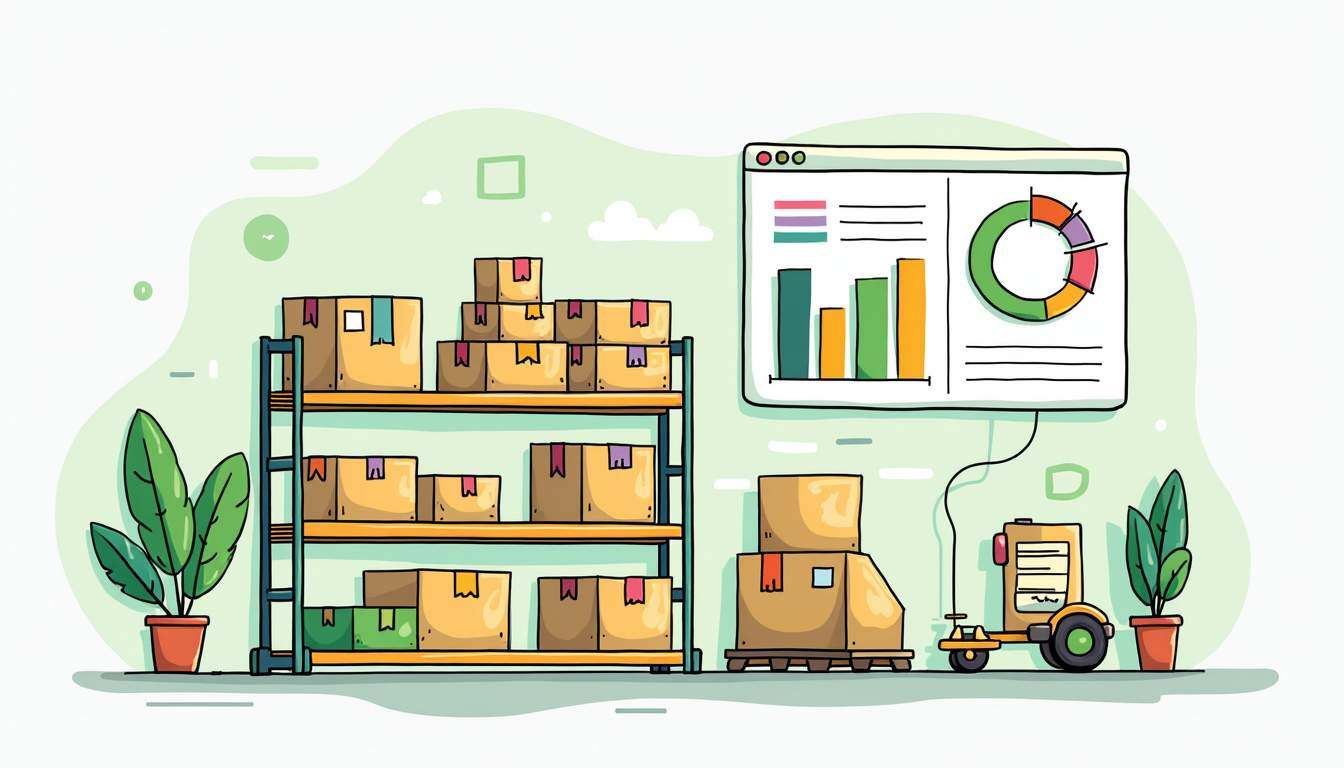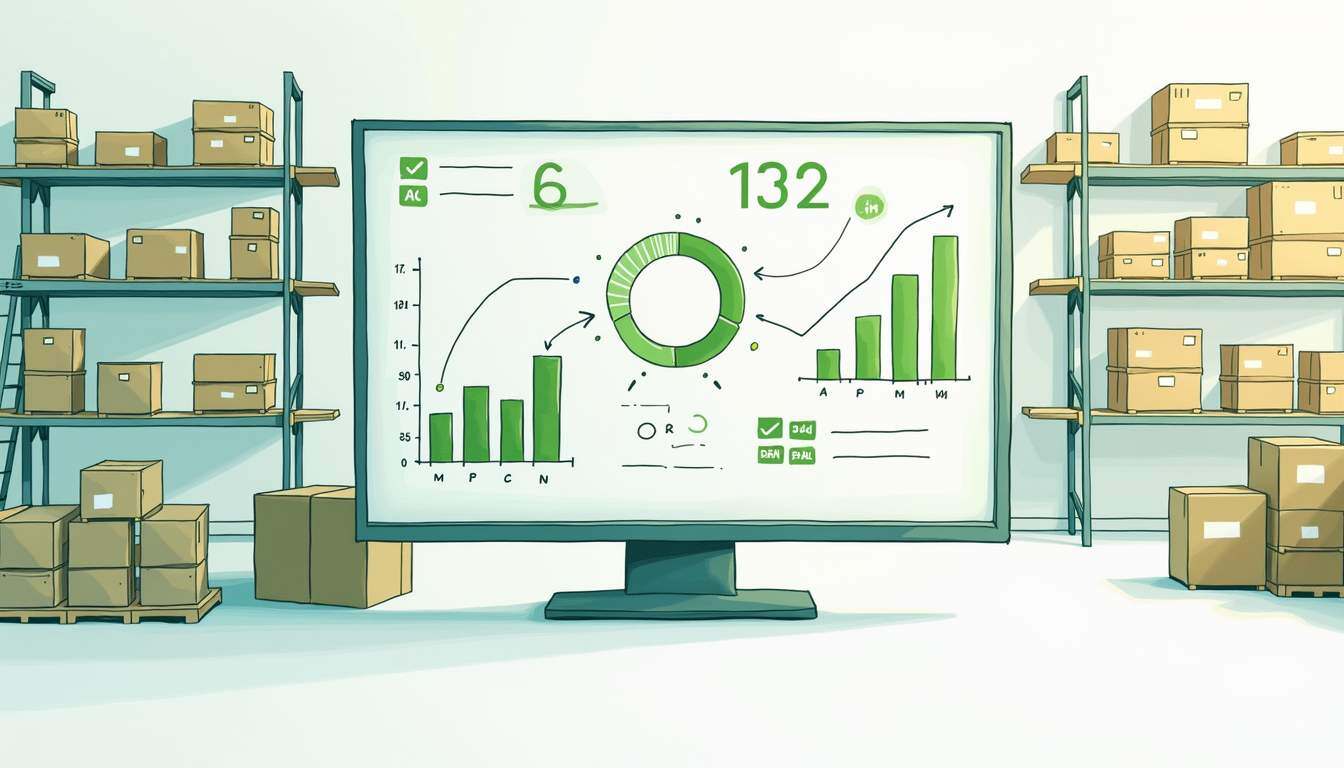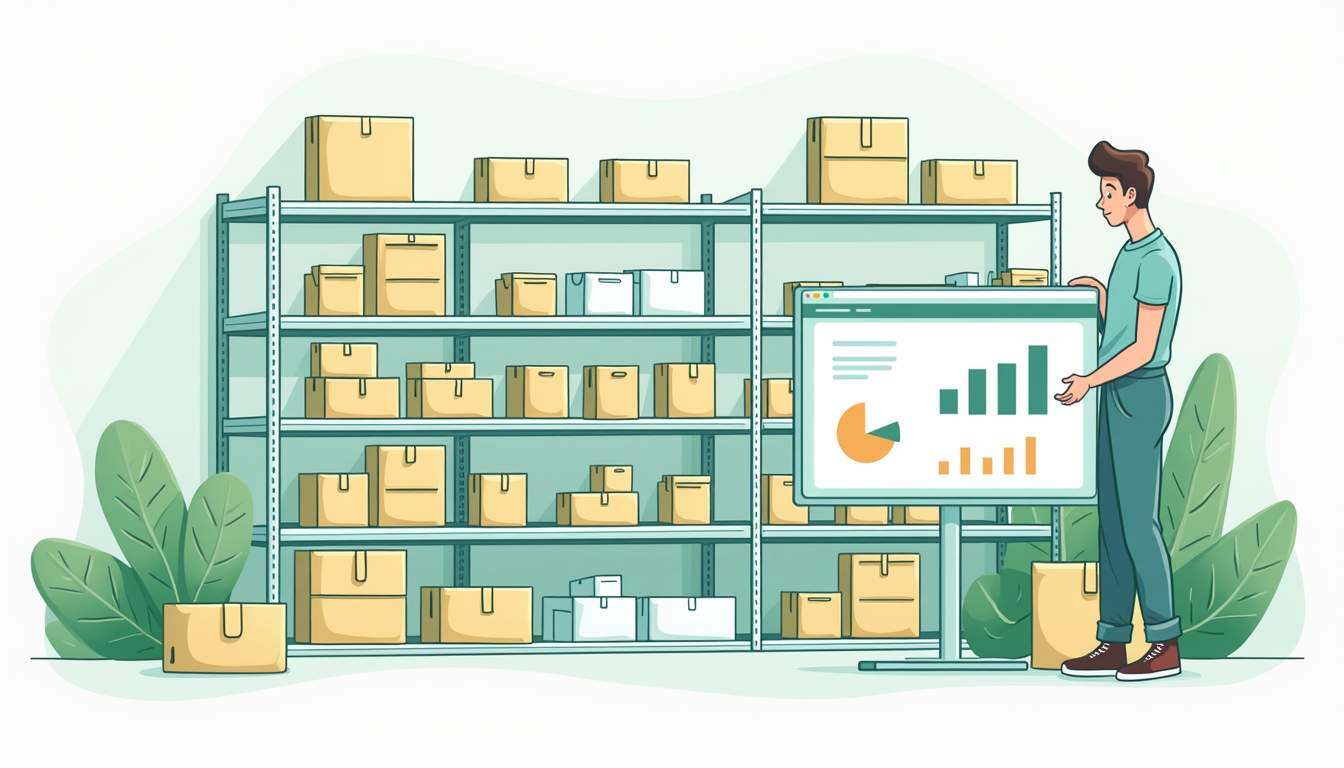Share this
Common Questions About Shopify Committed Inventory, Answered
by Shipfusion Team on Feb. 28, 2025

One of the most critical yet often misunderstood aspects of Shopify’s inventory system is committed inventory. This metric directly impacts order fulfillment, stock availability, and customer satisfaction. Mismanaging it can lead to overselling, fulfillment bottlenecks, and lost revenue.
Here’s what merchants need to know to keep their Shopify committed inventory accounted for:
What Is Shopify Committed Inventory?
Shopify’s inventory system assigns stock into three main categories: available, committed, and on-hand inventory. Committed inventory refers to stock that has already been allocated to open orders but has not yet been shipped. Once a customer places an order, Shopify marks the corresponding stock as committed, ensuring that it isn’t sold to another buyer. This helps prevent overselling and maintains an accurate inventory count in real time.
For example, if a merchant has 100 units of a product and a customer orders 10, the committed inventory becomes 10, reducing the available inventory to 90. When the order is shipped, Shopify removes those 10 units from committed inventory and adjusts the on-hand total accordingly. This real-time tracking ensures businesses maintain accurate stock levels without manual adjustments.
Answers to Common Questions About Shopify Committed Inventory
No business should operate in the dark. That's why we've done some in-depth research to clarify common questions about Shopify committed inventory for you:
What’s the Difference Between Committed, Available, and On-Hand Inventory?
Understanding Shopify’s inventory categories is essential for preventing fulfillment issues:
- Committed Inventory: The number of units assigned to unfulfilled orders.
- Available Inventory: The number of units ready to sell that haven’t been committed to an order.
- On-Hand Inventory: The total inventory, including both available and committed stock.
Keeping an eye on these values helps businesses manage stock accurately, avoid overselling, and streamline order fulfillment.
How Does Shopify Update Committed Inventory?
Committed inventory updates instantly when an order is placed. Shopify automatically moves the purchased units from available to committed inventory. Once the order is fulfilled and shipped, committed inventory is deducted, and the on-hand total updates accordingly.
If an order is canceled before fulfillment, Shopify releases the committed stock back into available inventory, making it ready for new orders without manual intervention.
Can Committed Inventory Affect Product Availability on Shopify?
Yes. Since committed inventory is reserved for existing orders, it reduces the amount of stock available for new customers. If available inventory reaches zero due to high committed stock, Shopify marks the product as out of stock, preventing further sales until additional stock is added or previous orders are fulfilled.
For businesses experiencing frequent stockouts, inventory forecasting tools can help predict demand spikes and automate restocking processes to maintain consistent availability.
How Can I Prevent Overselling Due to Committed Inventory?
Overselling can damage customer trust and create fulfillment chaos.
To prevent this, merchants should:
- Enable real-time inventory tracking to keep stock levels updated across all sales channels.
- Use Shopify’s built-in inventory management settings to sync inventory across locations.
- Set up low-stock alerts to replenish stock before it runs out.
- Integrate with third-party fulfillment solutions that automate inventory updates in real time.
By keeping committed inventory in check, merchants can ensure they never sell stock they don’t actually have.
Does Committed Inventory Include Draft Orders?
No, Shopify does not count draft orders as committed inventory. Stock is only reserved when an order is finalized. Merchants using draft orders for bulk or wholesale/B2B sales should monitor stock levels manually to avoid discrepancies.
What Happens to Committed Inventory if an Order Is Partially Fulfilled?
If an order is only partially fulfilled, the remaining unshipped items stay in committed inventory until they are dispatched. This ensures that stock is not resold before the order is completed.
For example, if a customer orders five units of a product but only three are shipped immediately, the remaining two remain committed. Shopify will not move them back to available inventory until they are fulfilled or the order is modified.
Can Third-Party Apps Affect Committed Inventory?
Yes. Merchants using third-party inventory logistics (3PL), fulfillment, or dropshipping apps must ensure that these tools integrate seamlessly with Shopify’s system. Poor synchronization can lead to discrepancies between committed and available stock, causing stockouts or overselling.
To avoid this, businesses should:
- Choose fulfillment partners that offer real-time inventory synchronization.
- Regularly audit inventory levels to detect discrepancies early.
- Use Shopify-approved integrations to ensure compatibility.
Shipfusion Is Committed to Your Shopify Committed Inventory
Accurate inventory management is non-negotiable in ecommerce. Shopify’s committed inventory feature plays a vital role in ensuring orders are fulfilled on time, preventing overselling, and keeping stock levels accurate. However, as order volumes grow, managing inventory manually becomes inefficient and error-prone.
That’s where Shipfusion comes in. Shipfusion provides real-time inventory tracking, automated fulfillment workflows, and seamless Shopify integration, ensuring committed inventory is always accurate. With strategically located warehouses, multi-channel inventory syncing, and industry-leading technology, Shipfusion helps businesses maintain complete control over their stock while optimizing fulfillment operations.
Whether you’re scaling your Shopify store, dealing with high-volume sales, or managing complex order flows, Shipfusion’s expertise ensures that your inventory is always where it needs to be—accurately tracked and ready to ship. Get started by requesting a quote today.
Share this
You May Also Like
These Related Articles

The ROI of an Inventory Management System for Warehouse Operations

Misconceptions About Stock Control Ecommerce Businesses Should Correct

Become a Master of BigCommerce Inventory Management
- March 2025 (23)
- February 2025 (26)
- January 2025 (37)
- December 2024 (16)
- November 2024 (23)
- October 2024 (22)
- September 2024 (27)
- August 2024 (9)
- July 2024 (8)
- June 2024 (5)
- May 2024 (8)
- April 2024 (8)
- March 2024 (6)
- February 2024 (6)
- January 2024 (5)
- December 2023 (3)
- November 2023 (3)
- October 2023 (5)
- September 2023 (4)
- August 2023 (2)
- July 2023 (1)
- June 2023 (4)
- March 2023 (2)
- October 2022 (1)
- September 2022 (5)
- August 2022 (4)
- July 2022 (7)
- June 2022 (4)
- May 2022 (4)
- April 2022 (6)
- March 2022 (2)
- February 2022 (1)
- January 2022 (3)
- December 2021 (2)
- November 2021 (4)
- October 2021 (2)
- September 2021 (5)
- August 2021 (4)
- July 2021 (5)
- June 2021 (3)
- May 2021 (2)
- April 2021 (3)
- March 2021 (3)
- February 2021 (3)
- January 2021 (2)
- December 2020 (4)
- November 2020 (2)
- October 2020 (4)
- September 2020 (2)
- July 2020 (5)
- June 2020 (4)
- May 2020 (2)
- April 2020 (2)
- March 2020 (4)
- February 2020 (1)
- December 2019 (1)
- May 2018 (1)
- March 2018 (2)
- February 2018 (3)
- January 2018 (3)
- November 2017 (3)
- July 2017 (4)
- March 2017 (3)
- February 2017 (5)
- January 2017 (3)
- December 2016 (4)
- November 2016 (6)
- October 2016 (6)
- October 2015 (1)
- September 2015 (1)
- June 2015 (3)
- May 2015 (3)
- August 2014 (1)
- July 2014 (1)
- March 2014 (1)
- February 2014 (1)